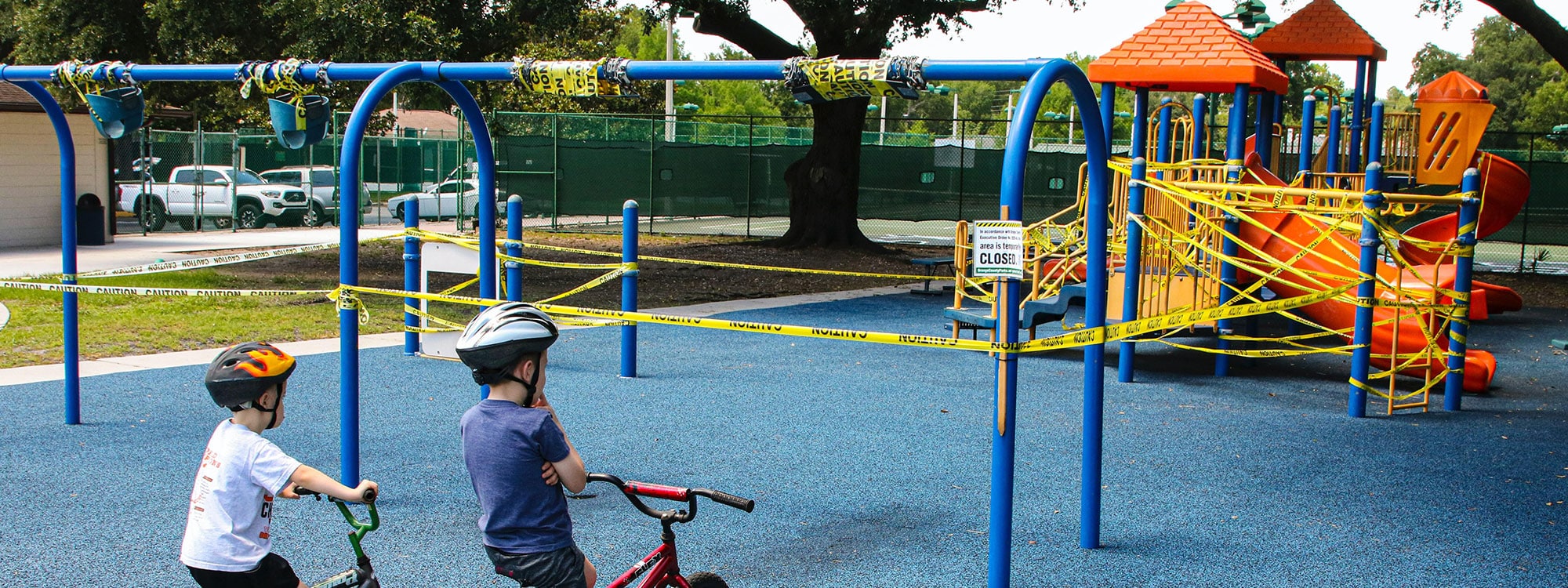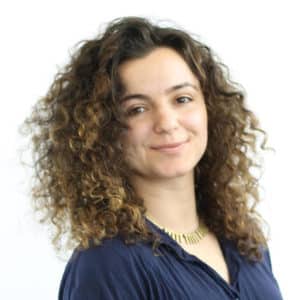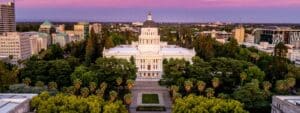Thanks to those of you who joined our webinar where we discussed The Value of Public Space with our guest Ghigo DiTommaso from Gehl.
In our thirty minutes together, we explored how our relationship to public space has changed due to COVID-19 and how we can use these observations to build a more equitable future. Watch a recording of the webinar here.
For those of you who were not able to join, take a look at the summary of Amanda and Ghigo’s conversation below.
Ghigo DiTommaso is a Director at Gehl, where he leads master plans, public life studies, and urban prototyping projects in Northern, Central, and South America. He has been working for Gehl since the founding of their San Francisco office and also teaches at UC Berkeley’s College of Environmental Design.
Summary
Gehl recently conducted two studies to better understand how our interactions with public space have changed on a global scale due to COVID-19. One was a global survey where we asked people how they are using public space, we coupled this with an on the ground public life study in New York and Copenhagen.
What we have seen is in urban areas across the world, people agree that sidewalks are too narrow and generally there is a lack of safe bicycle and pedestrian infrastructure. We are also observing changes in our habits. People are using cars less, for the obvious reasons like not needing to commute, but interestingly, we are seeing that many people are making a conscious decision to walk or bike to places where they would normally go by car. All over the world we are taking to the streets, walking and biking for mental and physical health, which has reaffirmed the important respite that urban public space provides.
When we first began shelter in place we saw sweeping park and public space closures. However, over the last few weeks things are opening up with a series of initiatives where local governments are finding ways to expand access.Globally and locally we have seen streets being repurposed to create wider sidewalks as well as to create more usable space for businesses to operate safely. We are experiencing these transformations across the Bay Area in San Francisco, Oakland, and Berkeley. In Bogota, for example, there has been a shift in some areas from temporary bike infrastructure to prioritizing permanent bicycle access seven days a week. I believe that this moment marks a remarkable step forward to making cities more open and accessible.
Cities are also seeing more clearly what needs to be done to improve access in historically underserved areas. In the Bay Area there is an effort to select specific streets for closure to alleviate the lack of equity in distribution of high quality public spaces. These types of interventions are not radical or new, across the board cities are calling on pre existing tools to help them address these access issues. In Milan, for instance, the government closed a main thoroughfare to create a temporary bike lane, they did this by employing the same framework and tools that New York used to remake Broadway.
As we begin to think about the future of design, I am noticing a few things. I’ve been very interested in how people all over the world are inhabiting the boundary between their private domain and public space. People are occupying their balconies, terraces, and roofs as a point of access to their communities. Architecture and design can be very deliberate in either enhancing or limiting the connection of our domestic world and the public sphere. We also need to recognize that we are still living this crisis and there is a lot that we do not yet understand. We have to learn to accept that we do not know what is to come, and therefore we must build flexibility and adaptability into our designs. No matter what happens when we go back to “normal” the important thing to note is that people’s minds have been opened to a new reality where we reclaim streets and use them to ride our bikes and play with our kids. This mindset shift will go far in helping us reimagine the future.
Check upcoming webinars with Greenbelt Alliance and various partners from around the Bay Area here.
For questions about our work, feel free to contact us today!
Photo: Mick Haupt via Unsplash





